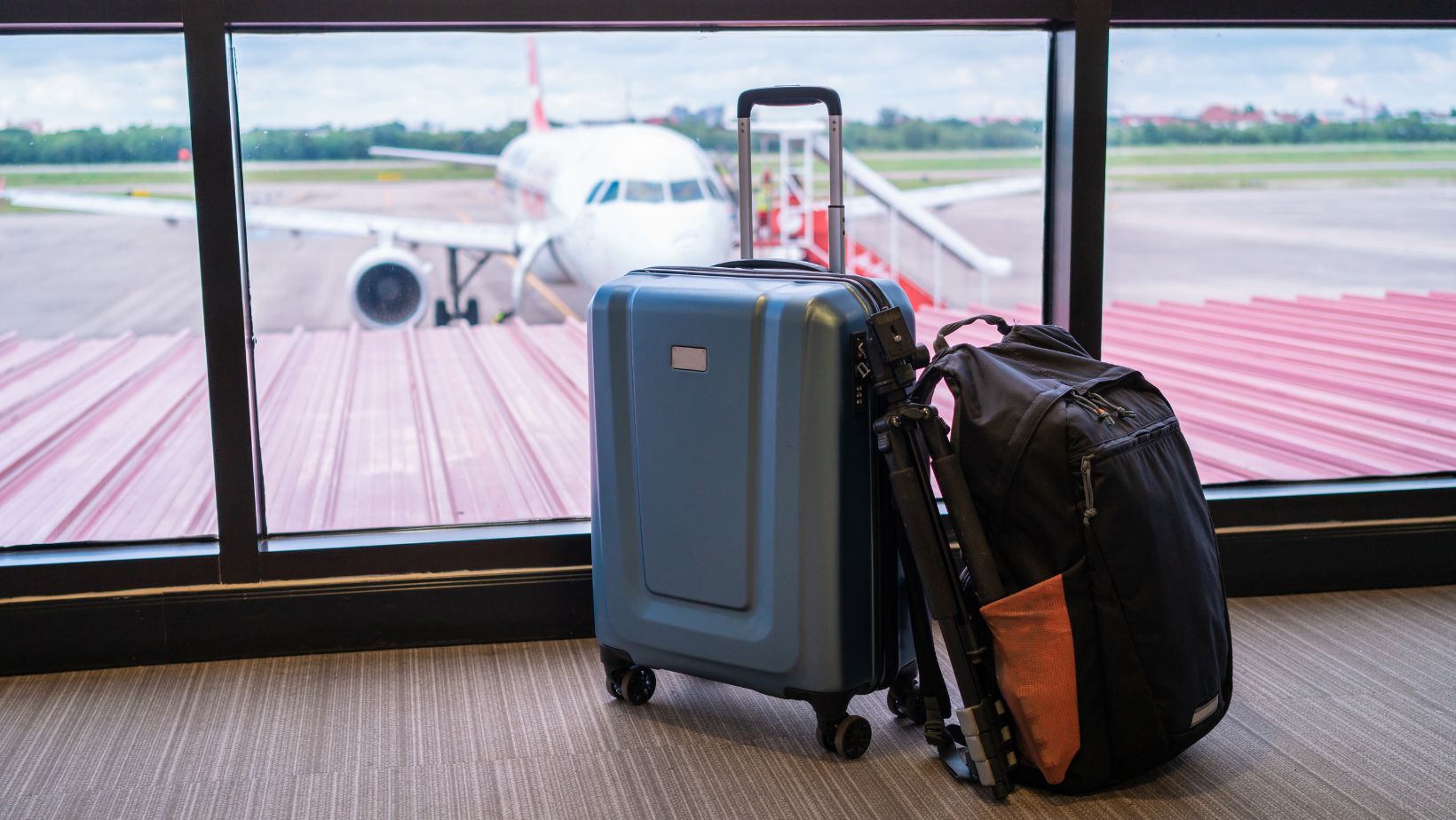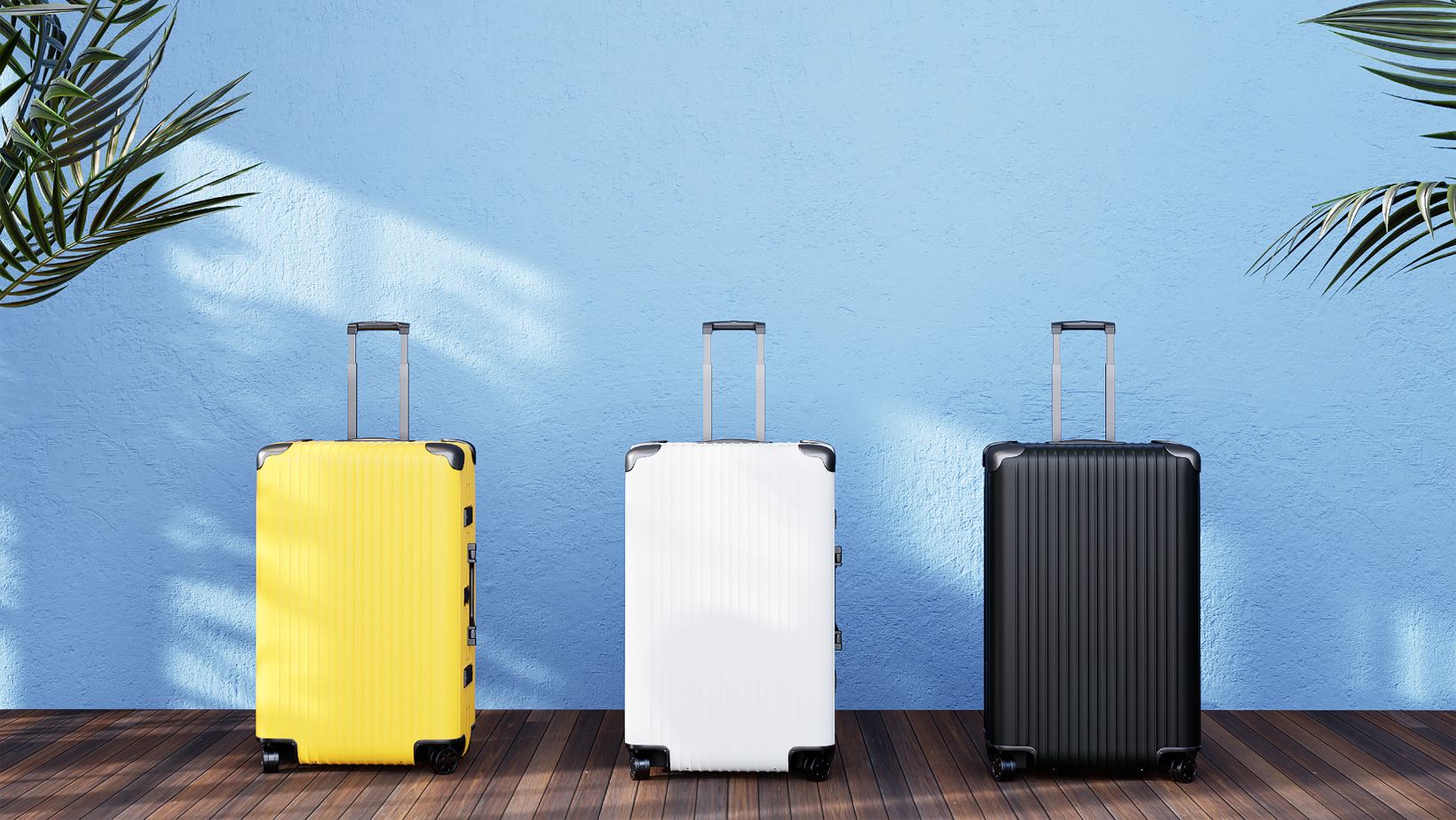Did you know that airlines still misplace over 25 million bags a year? Yes, million. That’s not just a minor hiccup—it’s a full-blown logistical faceplant. And while most of those bags do eventually find their way home, the emotional rollercoaster they cause is very real. You wait at the carousel. You stare at that rubber flap. You start wondering if your socks are currently on a beach in Spain without you. But behind the drama is a boring, but critical truth: poor tracking systems. Most of these bags vanish because of flimsy paper tags, worn-out barcodes, or just old-school human error.
Why Traceability Actually Matters—and Not Just for Airlines
Traceability sounds like something out of a supply chain meeting nobody wants to attend. But the thing is, it matters more than ever, especially when stuff moves around fast, through lots of hands, and in chaotic environments like, say, airports. When there’s no solid tracking system in place, things get lost, mislabeled, misused, or replaced at unnecessary cost. And worse, no one can say exactly when or how it happened. That’s a big deal in industries that move millions of physical items a day. Traceability means having proof. It means accountability, and it means a bag—or anything else—can be followed from Point A to Point B with confidence.
The Tag Is Everything—And It’s Also the Weakest Link
Here’s what nobody tells you at the airport: your bag’s entire journey depends on a little tag printed in a rush by an overworked gate agent. That thin piece of paper, half-wrapped around a plastic handle, is the only thing connecting you to your stuff. And if it rips, smears, or falls off (which happens a lot), your bag is suddenly a mystery object rolling around in the belly of a Boeing 737.

That’s the Achilles’ heel of the whole system—the tag. It’s tiny, it’s fragile, and it’s the first thing to go wrong. So why hasn’t anyone fixed it? Good question. There are better materials, durable tags, tech-enabled options, and smarter ways to log data.
How Metal ID Tags Keep Bags from Disappearing
Metal tags can ease the pain for travelers by doing something very simple: staying attached and staying readable. Unlike paper or plastic tags that tear off, smudge, or fade during handling, aluminum tags are tough enough to survive the full chaos of modern travel—rain, conveyor belts, baggage handlers in a rush, you name it. These tags can be laser-etched with permanent info like contact details, flight numbers, or scannable QR codes, meaning even if a bag is misrouted, it’s still fully identifiable. No guesswork, no “unclaimed” bin, and way less stress standing at baggage claim wondering if your underwear is en route to Berlin.

Travel should be exciting, not anxiety-inducing, and certainly not a game of Will My Bag Make It?. No one books a trip hoping to spend day one shopping for socks and toothpaste. The good news is that if the industry leans into traceability that actually works, we could go from millions of missing bags to maybe just one in a million — and that’s a future worth packing for.


 By
By 




